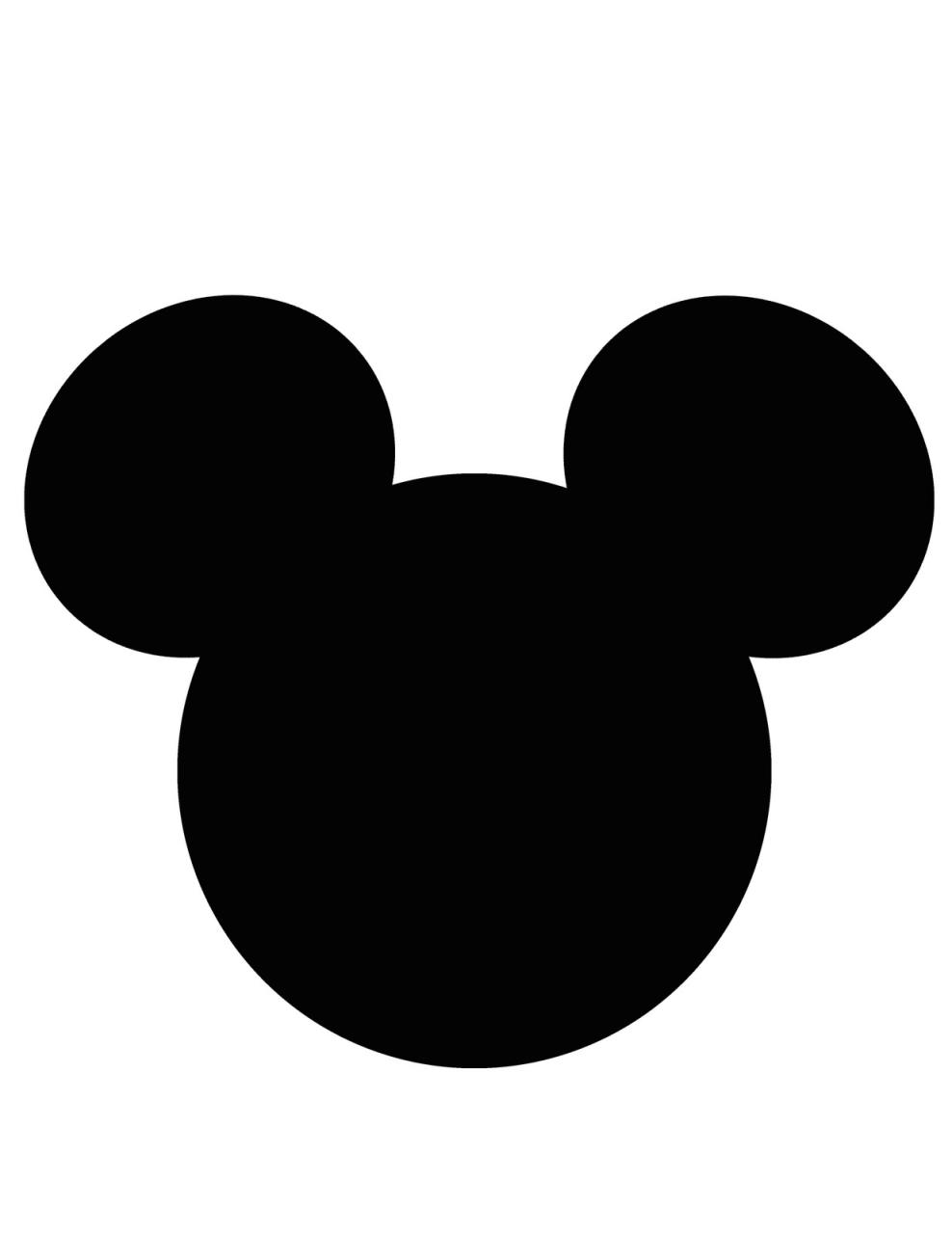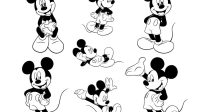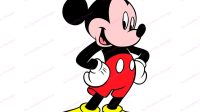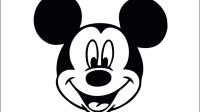
The Art of Creating Custom Mickey Mouse Ears: A Comprehensive Guide to Using SVGs
Introduction
The iconic silhouette of Mickey Mouse ears has captured the hearts of generations. Whether you’re a lifelong Disney enthusiast or simply seeking a touch of whimsy, creating your own Mickey Mouse ears is a fun and rewarding endeavor. With the advent of advanced graphics tools like Scalable Vector Graphics (SVGs), the process has become more accessible than ever before. This comprehensive guide will delve into the world of Mickey Mouse ear SVGs, empowering you to design and create your own unique headpieces.
Getting Started: Understanding SVGs
SVGs, or Scalable Vector Graphics, are a file format that defines images using mathematical equations rather than pixels. This makes them highly versatile and resolution-independent, meaning they can be scaled to any size without losing quality. SVGs are perfect for creating digital designs that can be easily edited, manipulated, and printed.
Essential Derivative Keywords
When creating Mickey Mouse ear SVGs, certain keywords play a crucial role in defining the shape and appearance:
- Path: Defines the outline of the ear shape.
- M: Denotes the starting point of the path.
- C: Creates a curved segment.
- L: Draws a straight line segment.
- Z: Closes the path.
- Fill: Specifies the color or pattern inside the ear shape.
- Stroke: Defines the outline of the ear shape, including thickness and color.
Step-by-Step SVG Creation
1. Software Selection:
Choose a vector graphics software such as Adobe Illustrator, Inkscape, or Vectr.
2. Create a New Project:
Start a new project and set the canvas size to the desired size of your Mickey Mouse ears.
3. Draw the Ear Shape:
Use the Path tool to create the outline of the ear. Begin with the "M" command to indicate the starting point, followed by "C" commands to create curved segments. Close the path with the "Z" command.
4. Define Fill and Stroke:
Select the path and apply a fill color to fill the ear shape. Optionally, add a stroke to outline the ear.
5. Duplicate for the Second Ear:
Select the ear shape and duplicate it to create the second ear. Rotate it by 180 degrees to align it correctly.
6. Join the Ears:
Create a new path that connects the two ears at their bases. This path should be closed with a "Z" command.
7. Add a Headband:
Draw a rectangular or circular shape to represent the headband. Align it with the bottom of the ears and add a fill color.
8. Group and Export:
Select all the elements of your Mickey Mouse ear design and group them together. Export the final design in SVG format.
Embellishment Ideas
Once you have your basic ear design, consider adding embellishments to personalize your creation:
- Patterns: Fill the ears with polka dots, stripes, or other patterns.
- Textures: Apply textures to the ears to simulate fur, leather, or glitter.
- Accessories: Add bows, flowers, or other accessories to the headband.
- Customization: Modify the shape of the ears, headband, or other elements to create a unique look.
Printable Templates and Free SVGs
Numerous websites and online platforms offer free printable templates and SVGs for Mickey Mouse ears. Consider these resources to jumpstart your design process:
- Etsy: Search for "Mickey Mouse ear SVG" to find a vast selection of designs.
- Creative Fabrica: Offers paid and free SVGs, including Mickey Mouse ears templates.
- Silhouette America: Provides a library of free SVGs for use with Silhouette cutting machines.
Conclusion
Creating custom Mickey Mouse ears using SVGs is a delightful and imaginative process. By embracing the power of vector graphics, you can unleash your creativity and design ears that reflect your unique style. Whether you’re planning a special event or simply want to make a statement, this guide empowers you to bring your Mickey Mouse ear dreams to life.
Frequently Asked Questions
Q: What is the best software for creating Mickey Mouse ear SVGs?
A: Adobe Illustrator, Inkscape, and Vectr are popular options due to their vector editing capabilities.
Q: Can I edit SVGs after downloading them from online resources?
A: Yes, SVGs are editable in vector graphics software, allowing you to modify colors, shapes, and other elements.
Q: How do I connect the Mickey Mouse ears to a headband?
A: Use a hot glue gun or fabric glue to securely attach the ears to the headband.
Q: What materials can I use to create Mickey Mouse ears?
A: Felt, fabric, paper, and foam are all suitable materials for making Mickey Mouse ears.
Q: Can I sell Mickey Mouse ear designs I create using SVGs?
A: The use of Mickey Mouse imagery is subject to copyright laws. Check with Disney before selling designs that incorporate their characters.






